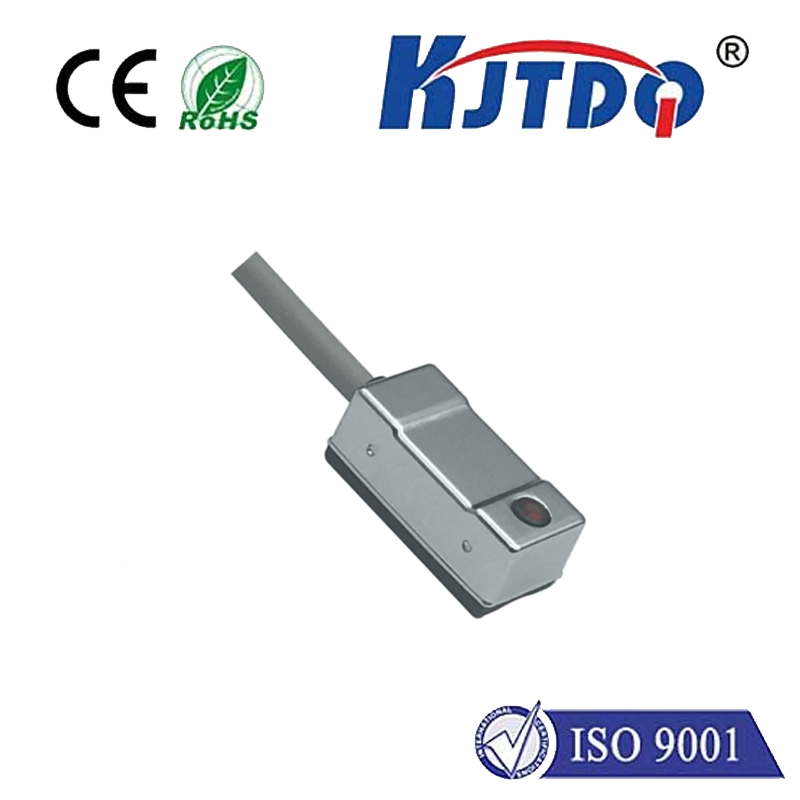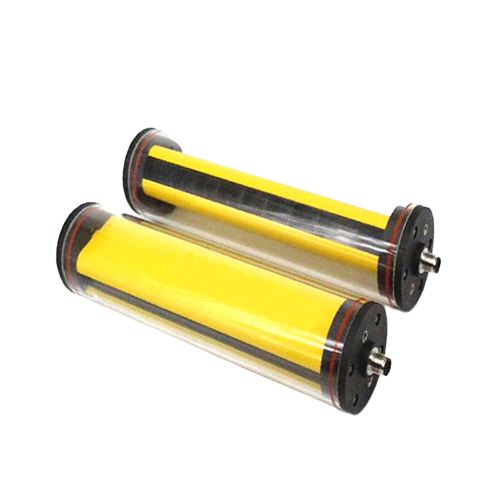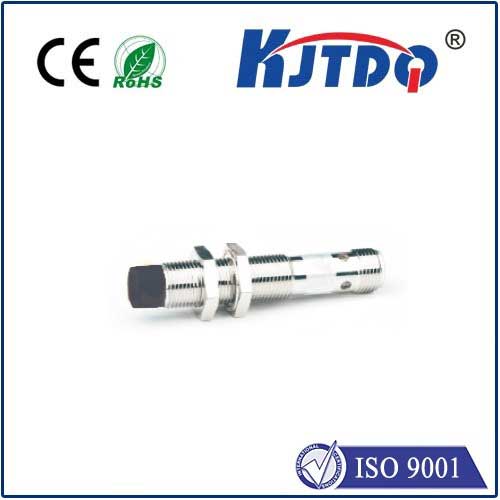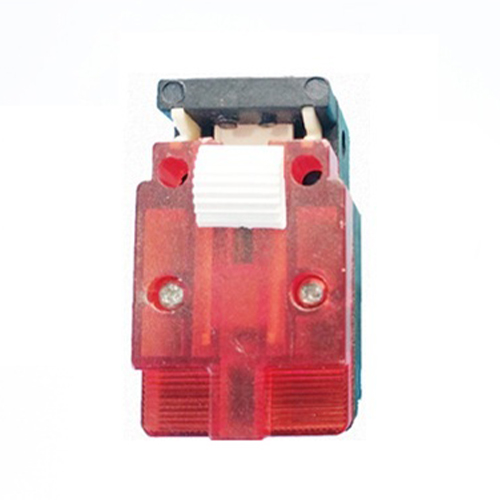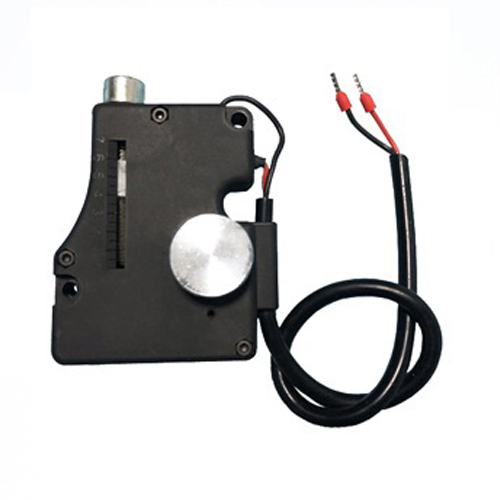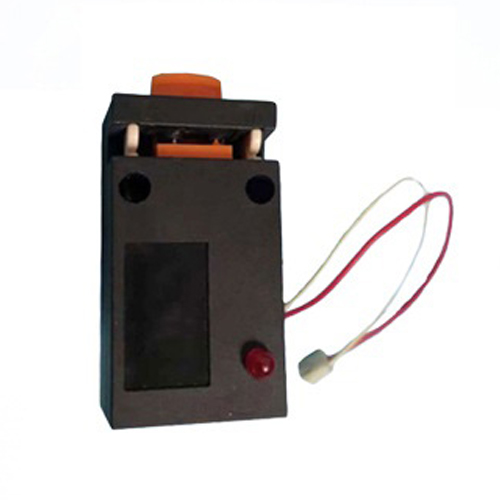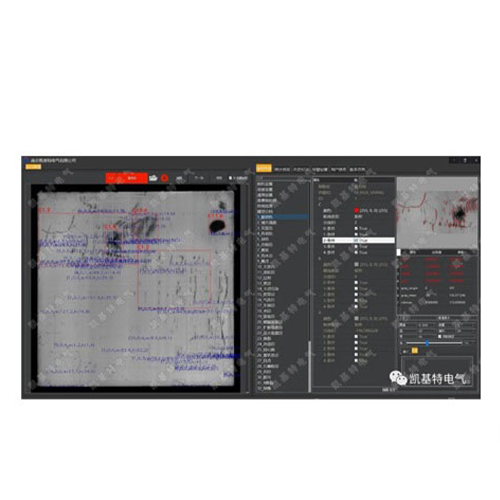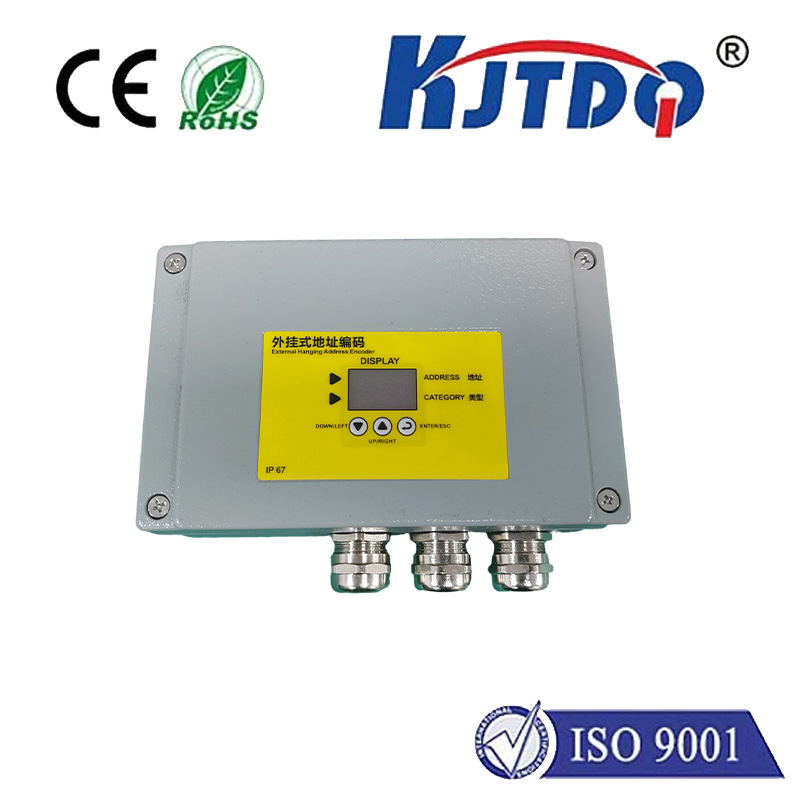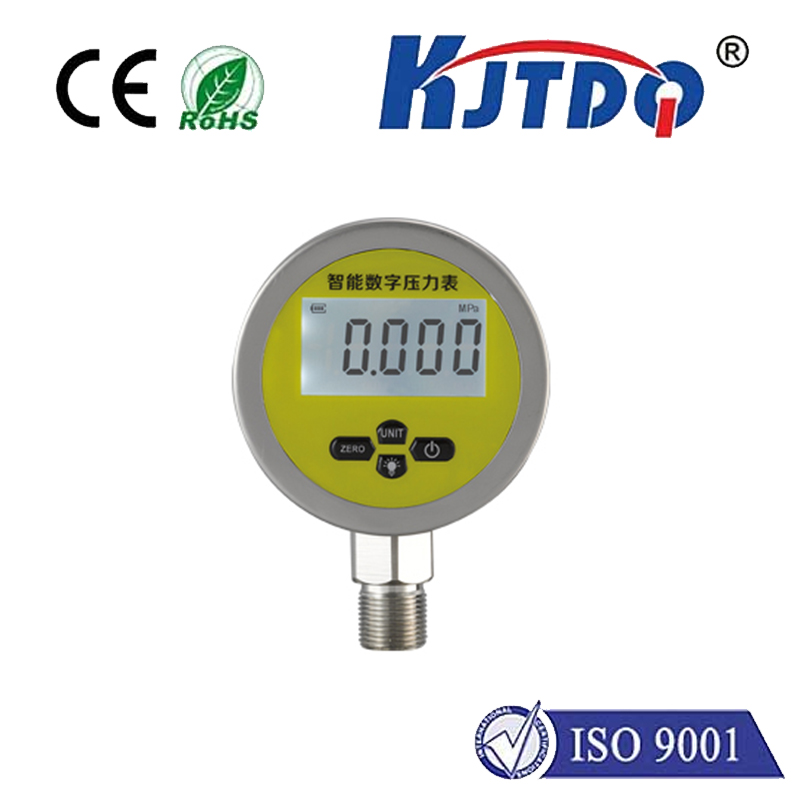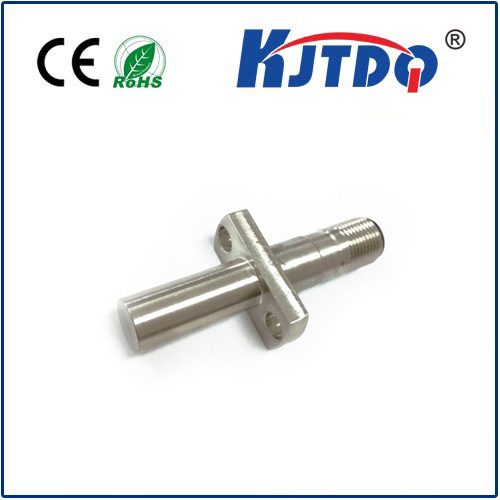конденсаторный датчик приближения
- time:2025-06-12 18:49:20
- Нажмите:0
Capacitive Proximity Sensors: The Power of Contactless Detection
Have you ever marveled at how your smartphone screen instantly responds to a light touch, or how an automatic faucet magically turns on when you place your hands underneath? Often, the unseen hero enabling these modern conveniences is a конденсаторный датчик приближения. These ingenious devices detect the presence or absence of nearby objects without any physical contact, operating silently and reliably in countless applications. They harness the fundamental principles of electrostatics to sense changes in their local environment, providing a versatile and robust solution for non-contact detection.
Understanding the Core Principle: It’s All About Capacitance
At the heart of every capacitive proximity sensor lies the concept of capacitance. In simple terms, capacitance is the ability of a system to store an electrical charge. A basic capacitor consists of two conductive plates separated by an insulating material (dielectric). The capacitance value depends on the size of the plates, the distance between them, and the type of dielectric material.
A capacitive proximity sensor essentially functions as one plate of a capacitor. The sensor’s active surface (the electrode) acts as one plate, and a nearby conductive object (like your hand or a metal part) acts as the other plate. The air (or other non-conductive material) between them acts as the dielectric. When an object enters the sensor’s detection field:
- Electric Field Formation: The sensor’s internal oscillator circuit generates a high-frequency electric field emanating from its active surface.
- Field Disturbance: When a target object (conductive or dielectric) enters this field, it disturbs the field lines.
- Capacitance Change: This disturbance causes a measurable change in capacitance between the sensor’s electrode and the target object (or between the electrode and ground, depending on the target).
- Signal Processing: The sensor’s sophisticated electronics detect this minute capacitance shift.
- Output Trigger: Once the change exceeds a predefined threshold, the sensor triggers its output signal (e.g., switching a load on or off).
This fundamental principle allows capacitive sensors to detect a wide range of materials, though their sensitivity varies.

Key Advantages Driving Adoption
Capacitive proximity sensors offer compelling benefits that make them indispensable in many fields:
- Non-Contact Operation: The most significant advantage. Sensors detect objects without touching them, eliminating mechanical wear and tear, reducing maintenance, and allowing detection of fragile or sensitive materials.
- Material Versatility: Unlike their inductive counterparts (which primarily detect metals), capacitive sensors can detect both conductive and non-conductive materials. This includes liquids, plastics, glass, wood, cardboard, powders, granules, and organic materials (like your hand).
- Liquid Level Detection: Their ability to sense through non-metallic container walls makes them ideally suited for level sensing of liquids, pastes, and granular solids in tanks, hoppers, and bottles.
- Robustness: Typically housed in durable materials (like PBT plastic or stainless steel), they are resistant to dirt, dust, humidity (within specified limits), and many harsh chemicals.
- Simple Integration: Available in various shapes, sizes (like compact barrel styles), and output configurations (e.g., NPN, PNP, analog), they integrate readily into existing control systems. Through-beam variants exist but are less common than single-ended (proximity mode) types.
Where Capacitive Proximity Sensors Shine: Real-World Applications
The unique capabilities of these sensors translate into diverse industrial automation and consumer applications:
- Level Control: Monitoring fill levels in plastic/metal tanks (chemicals, food, water), silos (grain, powder), bottles on filling lines, and reservoirs. Detecting low levels for reordering or preventing overflow.
- Object Detection & Counting: Sensing the presence of items on conveyor belts (bottles, boxes, electronic components), verifying part presence in assembly jigs, or counting discrete objects in packaging lines – especially non-metallic objects.
- Перевозка материалов: Detecting the presence of sacks, cartons, pallets, or paper rolls. Confirming the position of automated doors or guards.
- Touch Interfaces: Forming the basis of touchscreens (smartphones, tablets, ATMs, industrial HMIs), touch-sensitive buttons (appliances, machinery controls), and proximity detection (automatic faucets, soap dispensers, smartphone screen blanking during calls).
- Process Control: Detecting the presence of labels, film layers, or coatings on substrates. Verifying the presence of seals or caps on containers.
- Liquid Presence/Absence: Checking for liquid in tubes, verifying the presence of coffee in a pod, or detecting leaks (where liquid accumulates in a specific area).
Important Considerations for Optimal Use
To leverage the full potential of capacitive proximity sensors, understanding their limitations and installation nuances is crucial:
- Sensing Distance: The nominal sensing range (Sn) is specified for a standard target (usually grounded mild steel). Actual sensing distance can vary significantly based on the target material’s properties:
- Conductive Materials (Metals, Water): Detectable at or near the rated Sn.
- Non-Conductive Materials (Plastic, Wood, Cardboard): Detection distance is drastically reduced. It depends heavily on the material’s dielectric constant (εr). Materials like PVC (εr ~3-4) will have a shorter range than water (εr ~80). Factor in at least a 50-70% reduction unless the material is thick or has high εr.
- Flush Mounting vs. Non-Flush: Many sensors offer flush-mounting capability (installable in metal without false triggers), while standard non-flush types require an installation “collar” of free space around the active face. Choosing the correct type is vital.
- Influence of Environment: While generally robust, excessive humidity, condensation, or direct water spray directly on the sensing face can cause false triggering or reduced sensitivity. Dust or sticky material buildup can also dampen the field, reducing range. Some sensors feature environmental compensation circuits to mitigate these effects. Temperature fluctuations within the operational range typically have minimal impact.
- Adjacent Interference: Mounting multiple capacitive sensors closely together can lead to mutual interference, causing unpredictable behavior. Observe manufacturer recommendations for minimum spacing.
- Grounding Effects: The behavior (especially regarding sensing range for non-conductors) can be influenced by the grounding conditions of both the sensor and the target object. Grounding the sensor body or the target (if possible and safe) can often improve stability and range.
Capacitive vs. Inductive: Choosing the Right Tool
It’s common to compare capacitive sensors to inductive proximity sensors. The choice depends heavily on the application:
- Capacitive: Best for detecting both conductive and non-conductive materials, especially liquids and non-metals (plastics, wood, cardboard, organic material). Essential for level sensing through tank walls. More susceptible to environmental factors like moisture on the sensing face.
- Inductive: Primarily detect ferrous and non-ferrous metals only. Offer longer sensing distances for metals and are generally less affected by non-conductive environmental contaminants (like dust or moisture not directly on the face). Unaffected by the dielectric properties of targets. Ideal for robust metal detection in industrial settings.
From ensuring your morning coffee brewer knows the water tank is full to guaranteeing complex pharmaceutical packaging lines accurately count plastic vials, capacitive proximity sensors provide a reliable, versatile, and contact-free sensing solution. Their ability to interact with a vast array of materials through the invisible force of capacitance continues to drive innovation in industrial automation, consumer electronics, and beyond. Understanding their operating principle and key considerations empowers engineers and designers to implement these sensors effectively, unlocking new levels of efficiency and functionality in countless systems.







